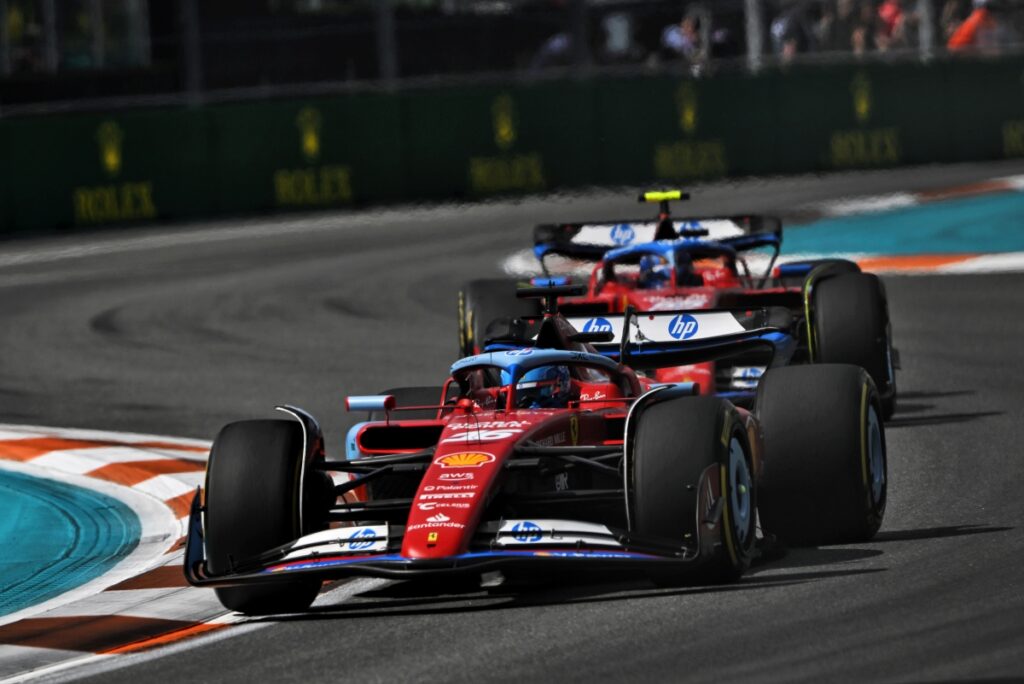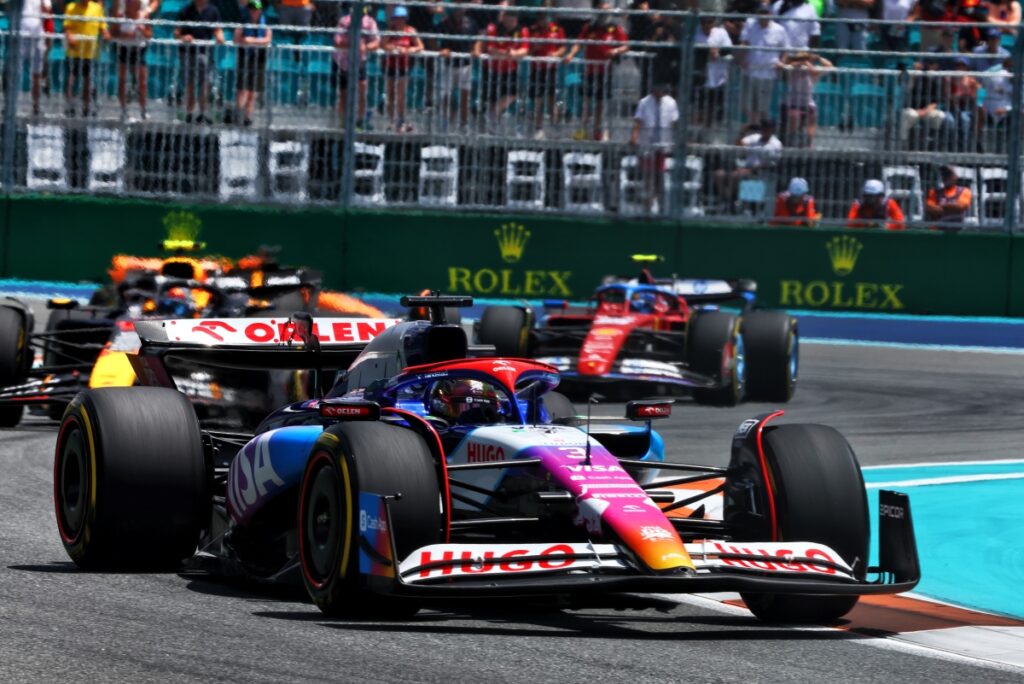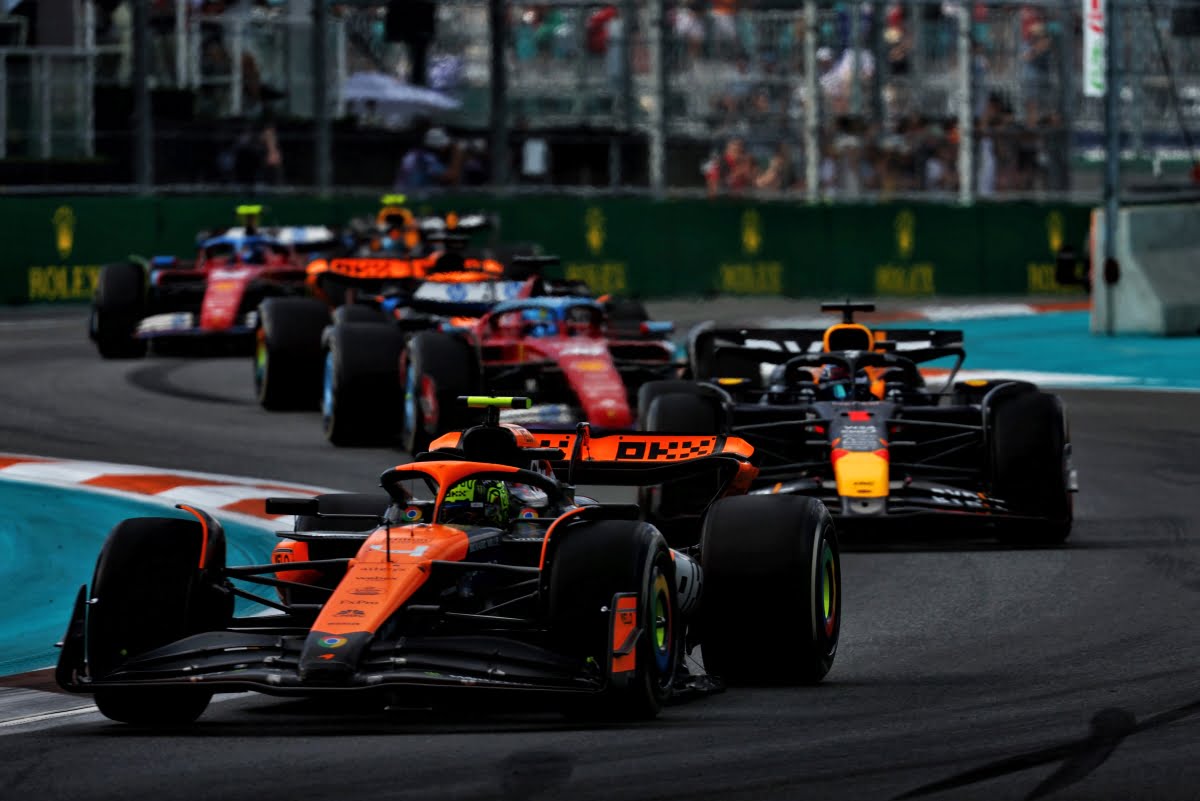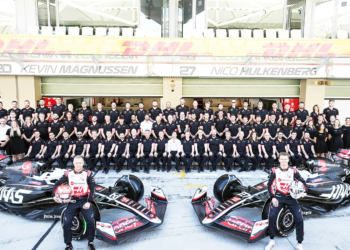When it comes to the febrile, exhilarating, and exciting world of motorsports, few things can compete with Formula 1. We are not, to be clear, saying that other forms of motor racing are not fantastic. Indeed, I went to school with someone who went on to be a World Superbike champion, so the biking sports are close to my heart. I also love a little Le Mans, and the IndyCar races, not to mention the ever-growing Formula E, so it is fair to say that motorsports is something that I love in general, and something that I am dedicated to enjoying.
What I am saying, however, is that nothing quite matches the global enthusiasm that surrounds Formula 1, and no other motorsport equals or eclipses the glamour, glory, and fervour engendered by this pinnacle of motor racing competitions. It is, just to drive my point home, the most watched, the most attended, and the most globally covered motorsport on the planet.
It is also the most wagered on motorsport. In many ways, the continued growth in support of online Formula 1 content is particularly impressive, with so many other sporting and online entertainment options now so readily available. Whether it is soccer or cricket, iGaming or online casinos, enjoying a little pokie action on Joe Fortune or even entering virtual fantasy sporting leagues, the plethora of online entertainment options is almost too numerous to detail. Amid this landscape, F1 continues to thrive, both on the track and online… and that is pretty impressive.

Put another way, Formula 1 is ubiquitous. Every app, website, and bookie will offer you odds on everything from drivers to cars, teams to times; it is possible to bet on anything F1 related. Every country that holds a race, and many beyond, has dedicated television networks, channels, and streaming services that give round-the-clock info and content far beyond the confines of the race tracks and grand prix paddocks.
So how has this frenzy continued to grow a sport that was already so loved, and how is the audience continuing to expand, especially with so much competition? It’s a good question. Let’s try to answer it.
Streaming, superstars, grid walks, and glory: F1 Coverage is fan utopia
Before the dawn of television, Formula 1, and indeed all motorsports, were enjoyed via play-by-play radio commentary or in-person attendance. In the early days of the sport, it was harder to travel, and more expensive to follow a driver or a team around the world. In some ways, therefore, racing was a sport that was not exposed to a truly global audience. Things are so very different now. For the F1 fan, be that a casual supporter who just loves the adrenaline of race days, or the obsessed super fan who lives, breathes, and worships all things grid-based, coverage is everywhere and the F1 enthusiasm just keeps on growing.
These days, some people love to support a team. Whether that is Ferrari, with the Tifosi screaming at every turn, or Mercedes lovers, who enjoy equally febrile enthusiasm, teams are often as supported as individual drivers. And speaking of drivers… From Schumacher to Senna, Verstappen to Hamilton, and so many more, Formula 1 drivers are now superstars – many are loved as much or even more than the team they drive for.

These sporting superstars are, at least in part, responsible for the continued growth of this particular motorsport. We’re also seeing huge sponsorship deals occurring, bringing more money than ever to this sport.
Beyond the grid, the cars, and the drivers, overall coverage of Formula 1 has gone through the roof. Yes, we have wall-to-wall coverage of qualifying and race days, from the green light to the chequered flag on networks all over the world. We also have streaming broadcasts that bring these races to the masses even more, and we enjoy the content produced by F1 themselves.
From drive podcasts to websites dedicated to teams, apps that deliver real-time race stats to iGaming platforms that offer great Formula 1-themed games – we have it all. Add to that the unmistakeable glory of the races themselves, and you will start to see just how this global behemoth is still growing.
Every race, every turn: Fans span and travel the continents for F1
Having been to several Formula 1 races over the years, in Montreal, Silverstone, Monza, and Hockenheim, one thing I do know is that every single race is sold out. Not just that; tickets sell out well in advance and organizers have told me they could sell many more if their capacity allowed. What is also striking is that fans will not only pack out their local or national races, but they will also make pilgrimages all over the world to indulge their love of all things F1.

It is, of course, this global popularity that has made Formula 1 not just the most-watched motorsport in the world, but also the most profitable in terms of business revenue. One look at the list of the most valuable teams in Formula One will show you how many billions are made by those teams, how big the pay cheques are for drivers, and the sheer size of this sporting giant. With fans paying a pretty penny to travel to races and enjoy the week of fun and festivities that surround each race, it is easy to see where the commercial success comes from, and of course, why this motorsport is king of the hill.
By way of conclusion, I think I will return to the original thesis of my article. I genuinely believe that Formula 1 has become one of the biggest sporting franchises or events in the sporting world, not just the motorsports arena. Fans continue to stream racetracks and follow endless F1 content, drivers are becoming bigger superstars than ever, and marketing and commercial concerns are truly global, and generating multi-billions of dollars. From Monza to Melbourne, Silverstone to Suzuka, F1 is on the starting grid and ready to race at faster speeds than ever.









